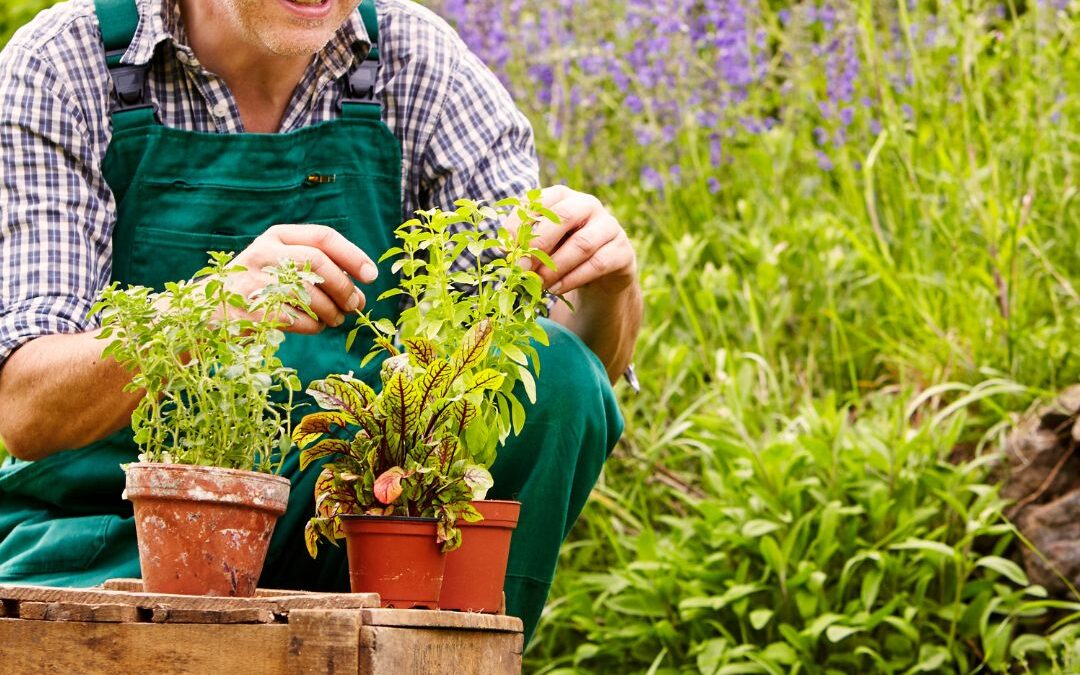This post may contain affiliate links, which means that I may receive a commission if you make a purchase using these links, with NO additional cost to you.
June feels like that sweet exhale after holding your breath all spring, doesn’t it? The frost risk is behind us, the soil is warm, and everything is ready to grow. But looking at your garden, you might wonder where to even start.
Take a breath. June doesn’t have to be overwhelming. Think of it like tending a good friendship—consistent, gentle care beats frantic catch-up every time.
What’s Ready to Plant Now
June in zone 5b is prime time. With soil temperatures finally at 60°F and climbing, it’s go-time for those heat-loving crops that have been waiting patiently. For most of Nebraska, that was Mid-May this year.
Direct sow these now (if you haven’t already):
- Beans (plant small amounts every two weeks for continual harvest)
- Corn (plant in blocks for better pollination)
- Squash and cucumbers (they love this warm soil)
- Sunflowers (because every farm needs a few giants)
Transplant time: Those tomatoes, peppers, and eggplants you’ve been babying are ready for the big garden once nighttime temps stay above 50°F consistently.
The Care That Matters Most
Mulch like you mean it.
With summer heat coming, mulch becomes your garden’s best friend. I use straw around tomatoes, shredded leaves between rows, or rejected old hay. Think of it as a blanket that keeps roots cool and moisture in.
Water deeply, not daily.
Twice-a-week deep watering beats daily sprinkling. Your plants develop stronger roots, and you spend less time with the hose.
Feed your heavy eaters.
If you didn’t spread compost over the whole garden during the winter, tomatoes, corn, and squash are like teenagers—they need fuel. A shovelful of compost around these plants in mid-June sets them up for strong production.
Simple Systems That Work
Instead of trying to tackle everything at once, I take 15 minutes each morning with my coffee to walk through the garden. I pick what’s ready, pull a few weeds, and spot issues before they become problems.
I have a huge garden, so I block out 30-60 minutes 5 days of the week to focus on specific zones. This is when I handle bigger jobs like mulching or setting up trellises. (Read more about my zone system here)
When Things Don’t Go According to Plan
Some years June brings unexpected weather. Keep backup seeds on hand. If cold hammers your beans, replant. If slugs demolish lettuce, start fresh. Gardens, like life, rarely follow our perfect plans—and that’s okay.
Remember, you don’t have to do everything at once. Pick one or two tasks and focus there. A well-tended small garden beats an overwhelming large one every time.
Your garden doesn’t need perfection. It needs consistency, attention, and faith that good things grow when we create the right conditions.
Growing with you, Cassandra
Starting a garden doesn’t have to be hard! I gathered all the tips I’ve learned over my gardening seasons and made them into a simple course to jump-start your gardening life.
Grab the Gardening Basics Course
As I’ve grown as an entrepreneur, mom, gardener, and livestock owner, I struggled to find a planner that met my needs and kept me organized. So, I MADE MY OWN. You can look at it on the link below and buy it on Amazon.
Don’t want the whole calendar part? I got you! I pulled the gardening and animal care pages out and put them in a book all their own.

